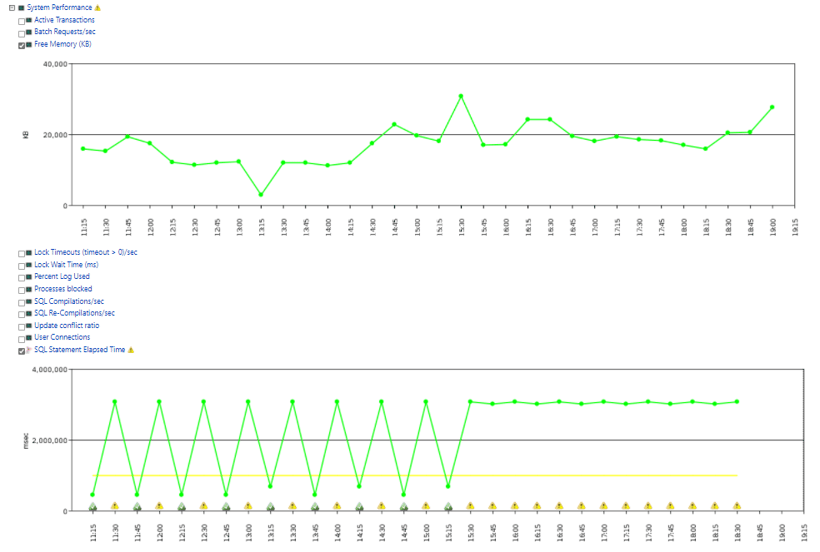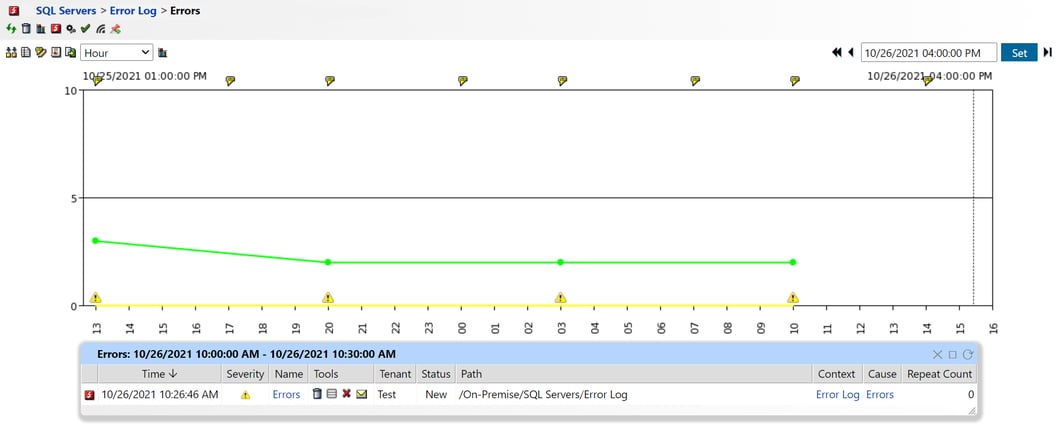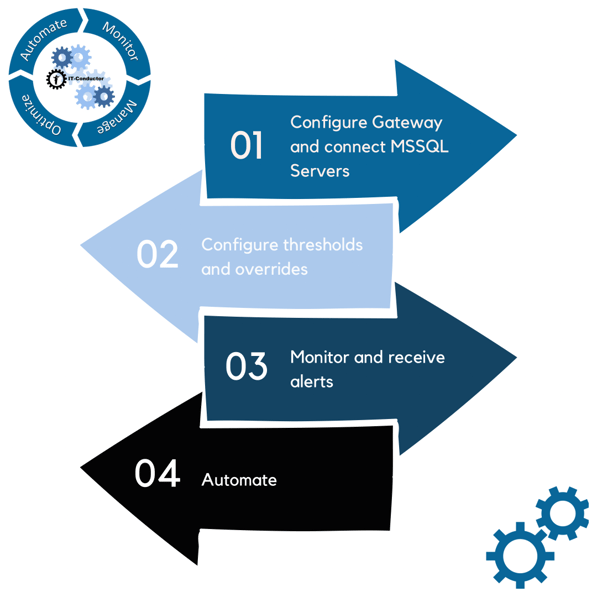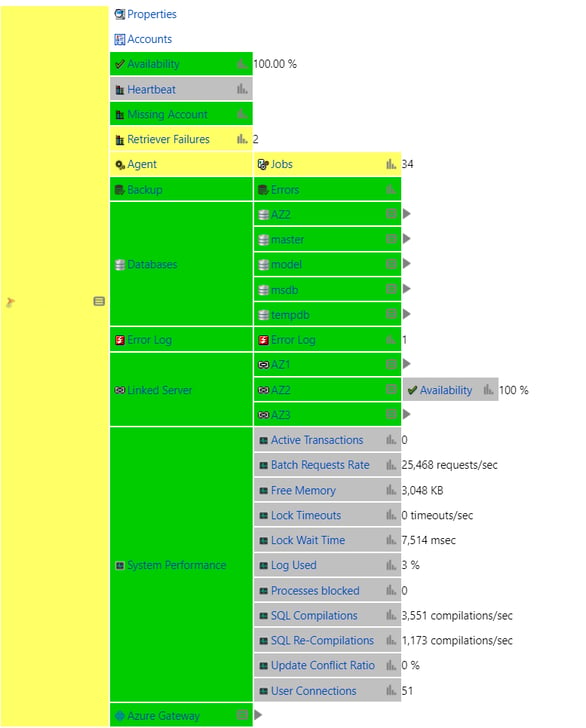With contributions from Claudia Yanez
One of the main tasks of a DBA administrator is to do daily checks to ensure database servers are working properly. This means that we spend all day in front of a computer doing manual tasks to guarantee that our systems are operational.
DBA administrators deal with reviewing error logs from each of the servers. For large infrastructures with over 20+ servers, this can be a real headache and very time-consuming. DBA administrators have to ensure that each of the databases in each of the MS Servers is running without any issues, as well as being aware of its system performance. MSSQL does not have a central panel to review the information from each database, so this becomes a very tedious task for administrators.
Monitoring databases include ensuring that backups have run successfully and taking quick actions in case of failed jobs. Capacity planning is key when monitoring our systems, especially when full disks are such a common cause of failed operations.
Difference Between Standard DBA Daily Activities vs. IT-Conductor Monitoring Strategies:
Figure 1: SQL Monitoring Strategies
Our Approach
With IT-Conductor, leveraging a patent-pending agentless cloud platform, MSSQL monitoring and detecting problems are faster without interactive access to the system. You can remotely discover trends in application performance and set up alerts to prevent any bottlenecks or system crashes, whether your database runs on-premise or on the cloud. Performance intelligence is built-in whether managing one database or hundreds using best practices templates and cloud agility.
Monitoring
Keeping systems and applications running is vital for organizations but keeping track of trends during long periods of time is essential in identifying bottlenecks and other problems. Logging into the databases to get performance counters daily without keeping track of old ones makes it more complex to analyze these trends.
With IT-Conductor, not only do we have a visible grid for this counter, but we also get historical interval time base collectors, so we can easily point out where the issue started and make the necessary adjustments to avoid affecting the performance of our applications. Additionally, you may set up thresholds and overrides wherever you have identified the most issues and therefore take advantage of the alerting system.
Performance
IT-Conductor collects information regarding active transactions, locks, checkpoints, user connections, timeouts, free memory, buffer cache hit ratio, and also top expensive queries that can be available in the IT-Conductor Dashboard, so you can keep track of what is happening in the system in real-time.
Notifications
Choose the type of alerts that you would like to receive and set daily, weekly, or monthly health check reports which can be downloaded as HTML or PDF and also be delivered directly to your inbox. This can be customized and filtered with the key performance indicators (KPIs) important for the organization so that the DBA administrator can focus on tuning and planning maintenance to improve application operations.
Automation
Once you are able to get better performance, trends analyzed, and know where your pain points are, it is now time to automate. This means that it is time to convert your tedious tasks into automatic procedures. For more information see our IT Operations Automation as a Service offering.
Imagine that you got some queries that you use to run daily to check performance or to view failed jobs. With IT-Conductor, you will be able to process them into SQL Jobs and schedule them to be sent to our mailboxes as frequently as needed, and perform maintenance to our systems. Additionally, you can turn any of your pre-existing SQL scripts into automated jobs.
Start Managing your SQL Servers with IT-Conductor
Figure 5: Managing SQL Servers with IT-Conductor
Maintaining our systems in good health and operating in a way where we are able to meet the demand of our end users is vital for organizations and respective service levels. So, the ideal scenario would be to reduce maintenance windows by continuous automation of life-cycle management. which in turn, reduces unplanned outages or maintenance due to manual processes.
Figure 6: SQL Monitoring Grid in IT-Conductor
This is all possible with IT-Conductor where we manage an agentless way to efficiently monitor our databases. It is even more powerful when linked to application monitoring such as SAP Netweaver and SAP DataServices (Coming soon).








